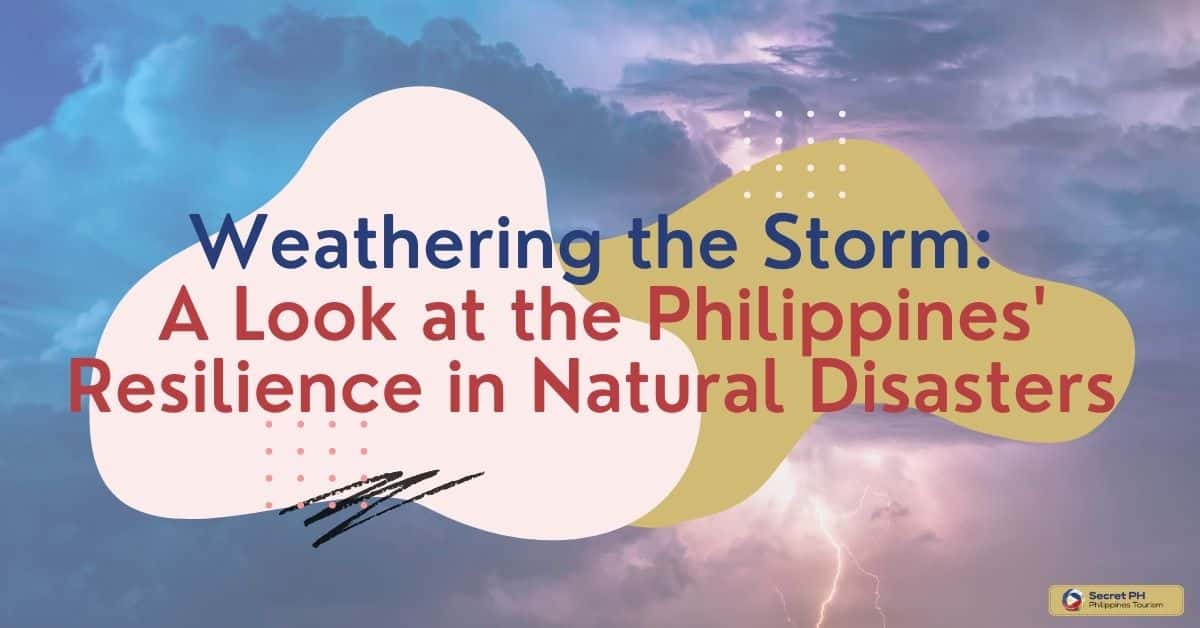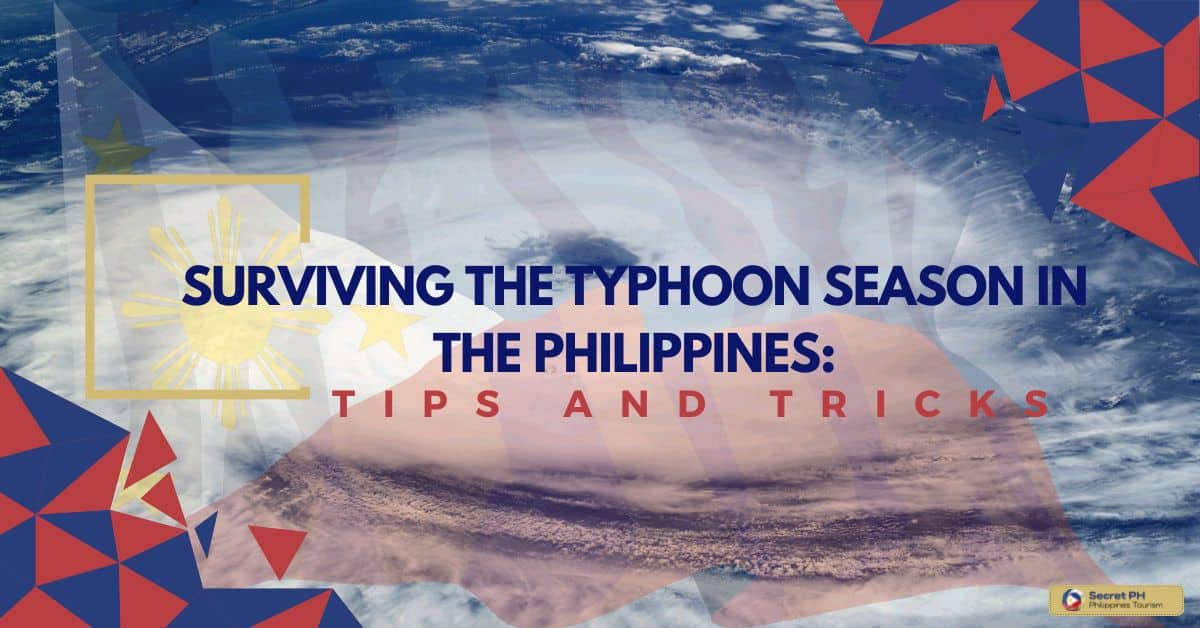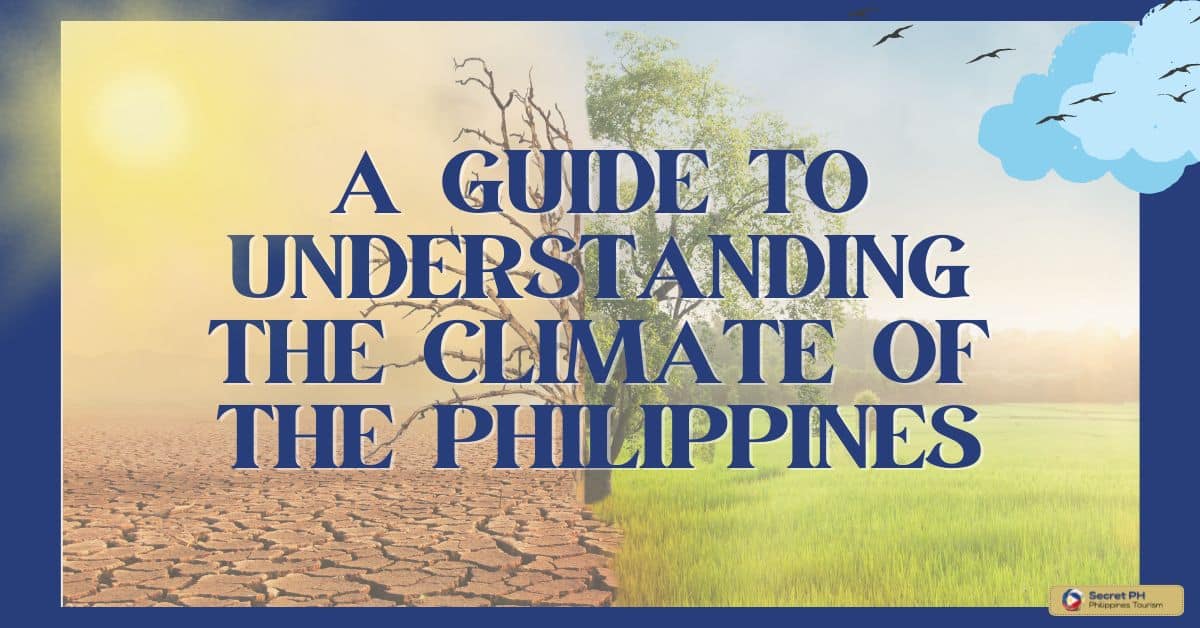The Philippines’ tropical climate makes it vulnerable to typhoons, monsoons, and floods. To stay safe during extreme weather, create an emergency plan, stock up on supplies, and avoid risky areas. Check weather forecasts regularly and keep calm during these events. Use air conditioning or fans to stay comfortable. Locals and visitors must be prepared for potential hazards caused by extreme weather conditions.
This article provides information on extreme weather events in the Philippines, how to prepare for them, and tips for staying comfortable during these times. It also offers advice on coping with the effects of extreme weather conditions and protecting yourself from potential harm. By understanding these dangers, you can be better prepared to protect yourself and your loved ones during extreme weather events in the Philippines.
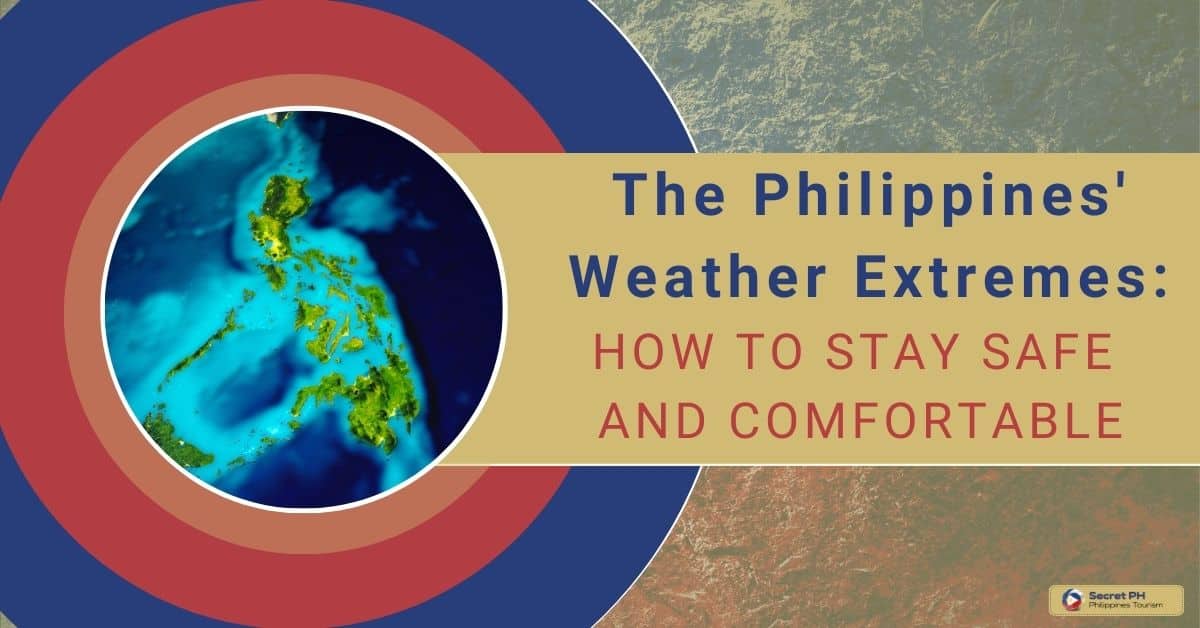
Understanding the Philippines’ Weather Patterns
The Philippines has a tropical climate, which makes it vulnerable to extreme weather conditions. Typhoons, monsoons, and floods are the most common types of weather events in the country.
The summer months (May-October) often see an increase in rainfall due to the southwest monsoon season. Typhoons typically occur during the wet season (June-November), and can cause severe flooding and landslides. On the other hand, El Niño causes drier than usual rainfall which increases the risk of drought.
It is important to be aware of the changing weather patterns in order to prepare for potential extreme weather events. Knowing what kind of weather conditions are common in your area will help you be better prepared for the risks associated with the climate. Keep track of weather forecasts and listen to local news broadcasts so you can stay safe during extreme weather conditions in the Philippines.
This information will also help you plan your activities accordingly. Be sure to check back often for updates on the latest weather conditions. This will ensure that you are aware before an extreme weather event happens. With the right knowledge, you can be better prepared to stay safe and comfortable during these events.
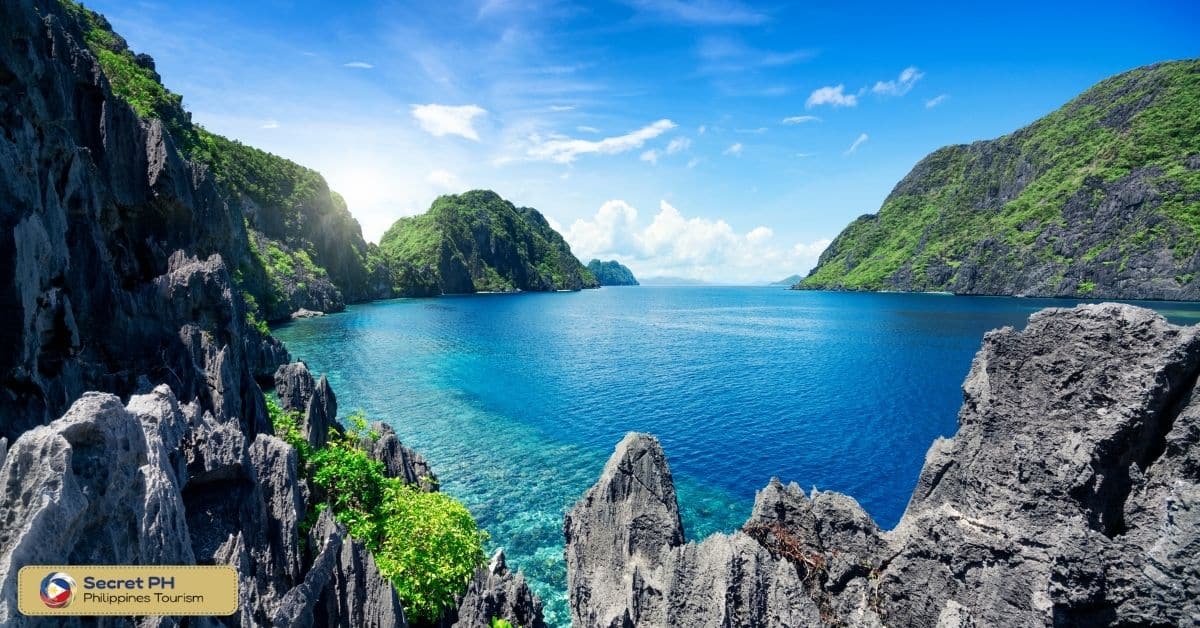
Extreme Weather Events in the Philippines
The Philippines is a country that is located in a region that is prone to natural disasters such as typhoons, earthquakes, and volcanic eruptions. Due to its location near the Pacific Ocean’s “Ring of Fire” and the warm waters of the Pacific Ocean, the country experiences extreme weather events that can cause significant damage and loss of life. In this section, we will take a closer look at some of the extreme weather events in the Philippines.
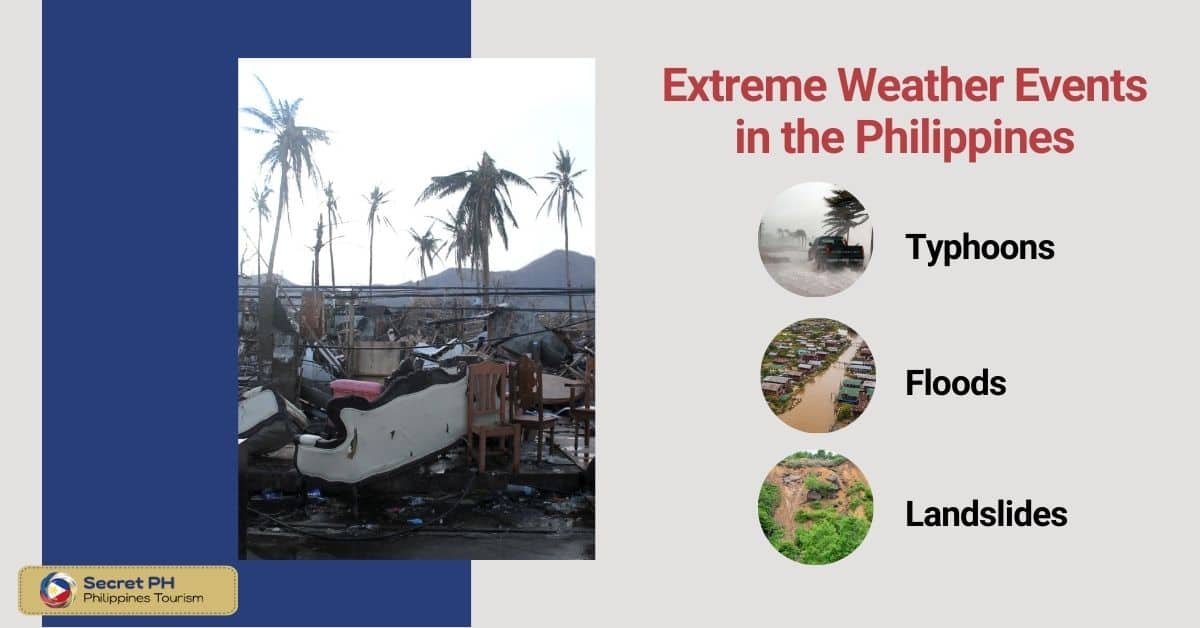
Typhoons
Typhoons are one of the primary causes of extreme weather events in the Philippines. The country experiences an average of 20 typhoons per year. Typhoons can cause significant damage to infrastructure, homes, and agriculture. They can also cause landslides, flash floods, and storm surges that can result in loss of life. Some of the worst typhoons that have hit the Philippines include Haiyan in 2013, which killed over 6,000 people and caused $2.86 billion in damage.
Floods
The Philippines experiences frequent floods due to the country’s topography and drainage issues. Heavy rainfall during typhoons can cause rivers and streams to overflow, leading to widespread flooding. Floods can cause significant damage to crops, homes, and infrastructure. They can also result in the displacement of communities and loss of life. In 2020, the Philippine capital of Manila was hit by floods, and over 10,000 families were affected.
Landslides
Landslides are a significant hazard in the Philippines, particularly in mountainous regions. Heavy rainfall can cause slopes to become unstable, resulting in landslides that can bury communities and cause significant damage to homes and infrastructure. In 2018, landslides caused by Typhoon Mangkhut killed over 100 people in the Cordillera region.
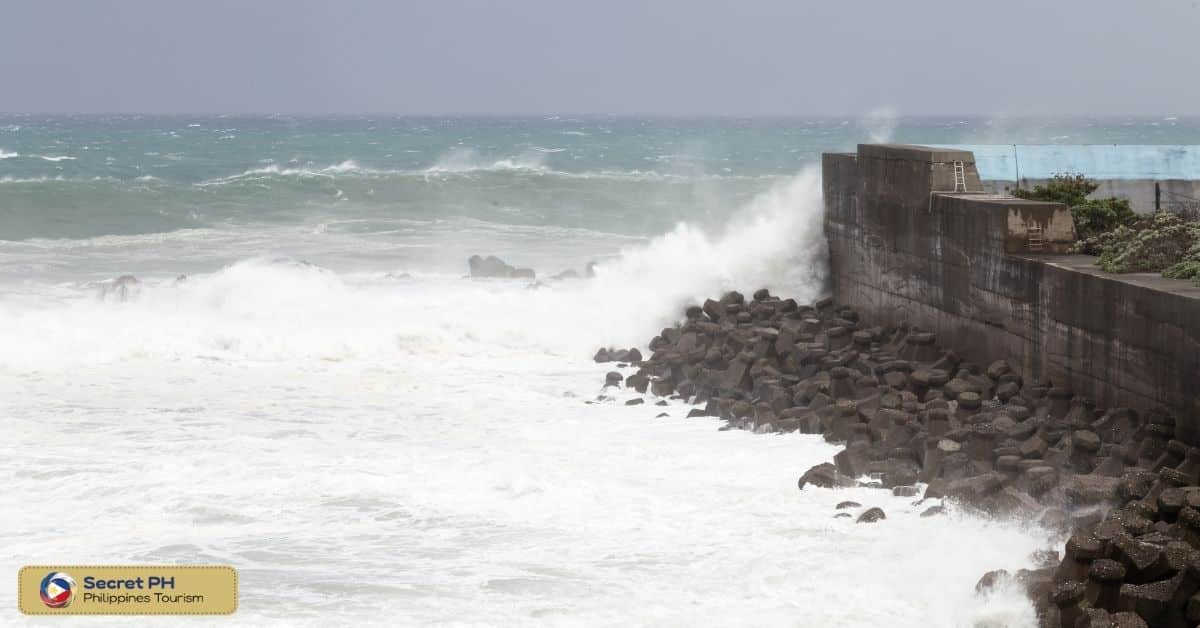
How to Stay Safe During Extreme Weather Events
The Philippines is a beautiful tropical country, but it is also highly prone to extreme weather conditions such as typhoons, floods, and earthquakes. These natural disasters can be devastating and can cause significant damage to life, property, and infrastructure. To keep yourself and your loved ones safe during these events, it is important to know how to prepare and respond. Here are some tips on how to stay safe during extreme weather events in the Philippines:
1. Keep yourself informed– Stay up-to-date with the latest weather updates and warnings from your local authorities. You can also follow reliable news sources and social media accounts for the latest information.
2. Prepare an emergency kit- Your emergency kit should include essentials such as food, water, first aid supplies, flashlights, batteries, and a portable radio. Make sure that your kit is easily accessible and kept in a safe and dry place.
3. Secure your home– Keep your doors and windows securely closed and locked during a storm. Make sure that your roof and walls are reinforced and free from any debris that may be blown away by strong winds.
4. Evacuate when necessary– If you live in low-lying or flood-prone areas, it is important to evacuate when advised to do so by your local authorities. Follow evacuation orders and move to higher ground or shelters as needed.
5. Stay away from power lines– Do not touch any electrical wires or posts that have fallen during a storm. Keep yourself and your pets away from these hazards and report any downed lines to your local utility company.
6. Stay calm – In times of crisis, it is important to remain calm and focused. Stay informed and follow the advice of your local authorities to stay safe.

Preparing for Extreme Weather Events
The Philippines is a tropical country located in Southeast Asia that is prone to extreme weather events such as typhoons, floods, landslides, and even earthquakes. These occurrences can cause damage to properties, disrupt daily life, and even result in the loss of lives. It is important to be prepared for these events to minimize their impact. Here are some tips for preparing for extreme weather events in the Philippines:
- Always stay updated on weather forecasts and warnings from PAGASA (Philippine Atmospheric Geophysical and Astronomical Services Administration).
- Prepare a disaster kit containing essentials such as food, water, medicines, first aid supplies, flashlights with extra batteries, and important documents in waterproof containers.
- Identify safe and elevated evacuation areas in your community and learn the quickest route to reach them.
- Secure your homes by fortifying windows and doors, trimming tree branches close to your home, and clearing your roof of debris that may cause damage during a typhoon.
- Always have an emergency communication plan in place with your family and loved ones to be able to check on each other after a disaster.

Coping With the Effects of Extreme Weather Events
When extreme weather events occur, it can be difficult to cope with the aftermath. Whether you are a local or a visitor in the Philippines, understanding how to cope with the effects of these disasters is key to staying safe and healthy. Here are some tips on how to cope with the effects of extreme weather events in the Philippines:
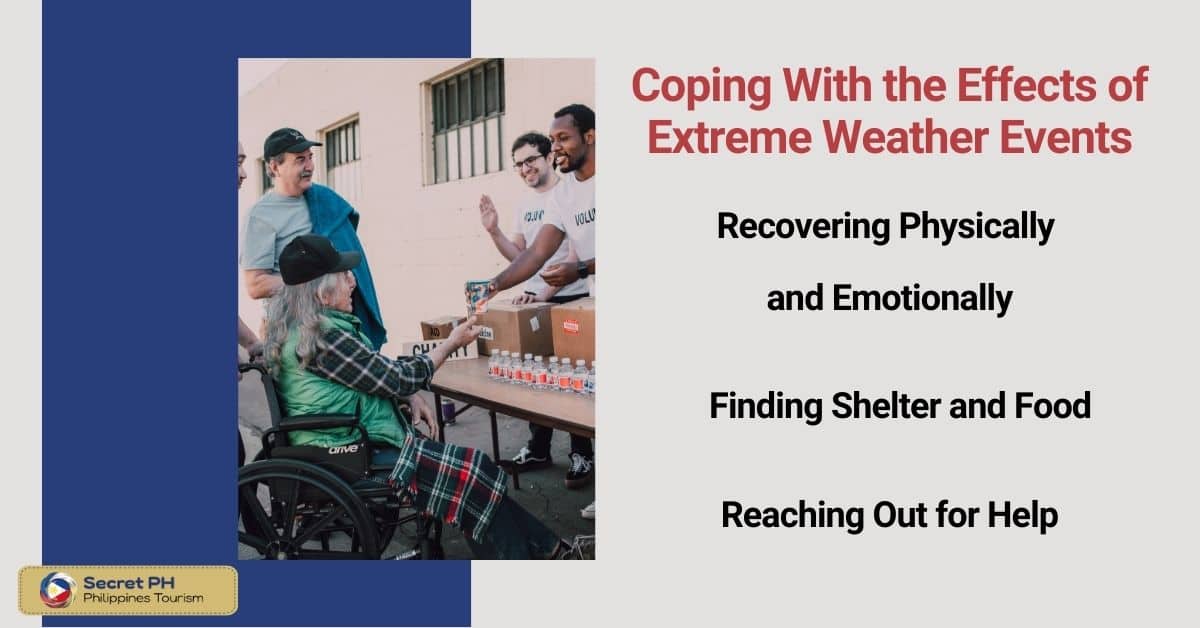
Recovering Physically and Emotionally
Extreme weather events can have a devastating effect on physical and emotional health. It is important to be aware of the potential risks associated with these events and take steps to protect your health. After an event, it is important to seek medical help if you are injured or feeling unwell. It is also important to take time to rest and allow yourself to emotionally process the event.
Finding Shelter and Food
After a weather event, it may be difficult to find shelter and food. If you are unable to access your home, try to find a safe place nearby such as a community center or a friend’s house.
If you have access to food, it is important to remember that the food may not be safe to eat if it has been contaminated by floodwaters. It is important to discard any food that may be unsafe and only consume foods that are still sealed or in cans with no visible damage.
Reaching Out for Help
The effects of an extreme weather event can be overwhelming. If you need help, don’t hesitate to reach out for assistance. Most local governments have disaster response teams who can provide food, shelter, and medical assistance. In addition, there are charities and non-profit organizations that offer support services such as counseling and financial assistance.
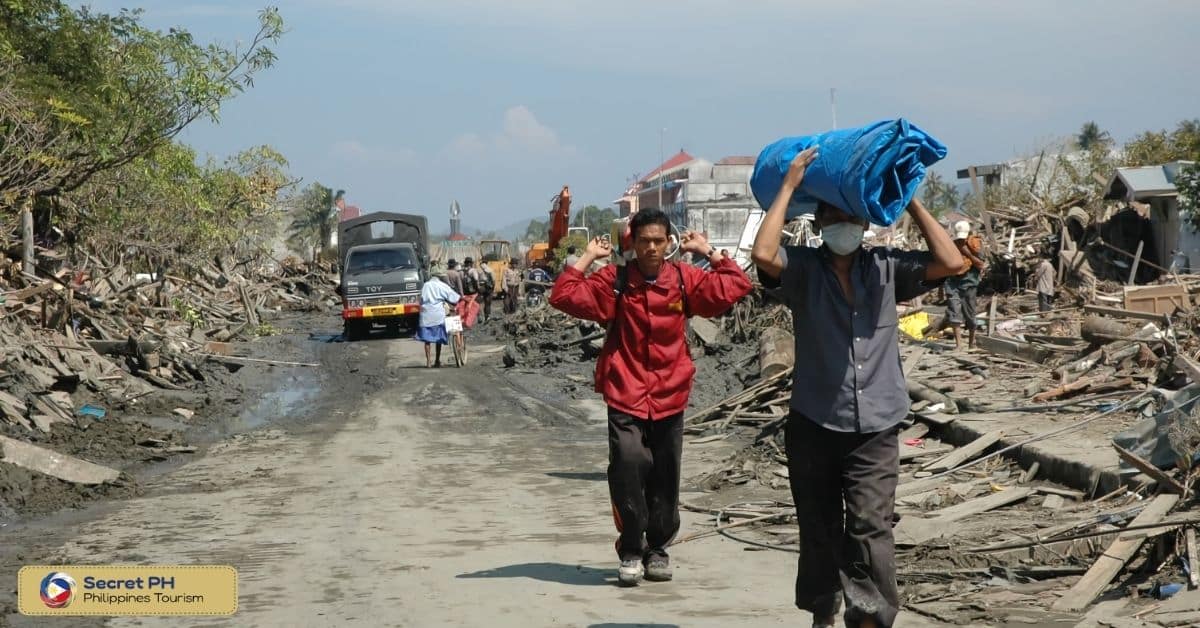
Tips for Staying Comfortable in Extreme Weather Conditions
The Philippines is a country that experiences extreme weather conditions. During the summer months, the heat can be scorching, while typhoons and heavy rain are frequent during the wet season. It’s important to be prepared and know how to stay comfortable in such conditions. Here are some tips for staying comfortable in extreme weather conditions in the Philippines:
Stay Hydrated: Carry a water bottle with you and drink water frequently to stay hydrated.
Wear Comfortable Clothes: Wear light-colored, loose-fitting clothes that are quick-drying during the summer. During the wet season, wear waterproof shoes and clothes.
Protect Yourself from the Sun: Apply sunscreen, wear a hat, and use an umbrella to shield yourself from the harsh sun.
Use Fans and Air Conditioners: Use electric fans and air conditioners to stay cool during hot weather.
Stay Indoors During Extreme Weather: If there’s an extreme weather warning, stay indoors to avoid getting caught in dangerous conditions.
Stock Up on Essentials: Have your emergency kit prepared with food, water, and first-aid supplies in case of any natural disasters.

In conclusion
The Philippines is a beautiful tropical country that can be vulnerable to extreme weather conditions including typhoons, monsoons, floods, and landslides. To stay safe during these times, it is important to understand how to prepare for and respond to these events. Keep yourself informed and up-to-date with the latest weather updates and warnings, prepare an emergency kit, secure your home, and evacuate when necessary.
Additionally, be aware of the tips for staying comfortable during extreme weather conditions to ensure that you can handle the heat and wetness without any issues. By following these safety tips, you can stay safe and comfortable during extreme weather events in the Philippines.

